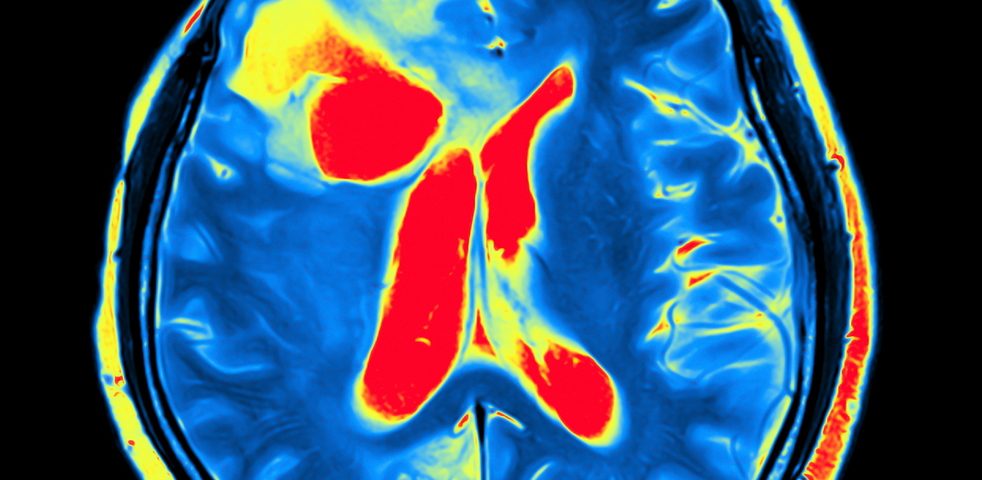Glucose Uptake is Significantly Decreased in the Brains of Dravet Syndrome Children, Study Shows

For the first time, positron emission tomography (PET) scans revealed a significant decrease in the amount of glucose uptake in the brains of children with Dravet syndrome. Interestingly, this reduction was more evident in older children.
However, it is still unclear if the reduction in glucose uptake is a consequence of brain damage associated with Dravet epilepsy, or if it is caused by the SCN1A genetic variants these children carry, researchers say.
The study with these findings, “[18F] fluorodeoxyglucose-positron emission tomography study of genetically confirmed patients with Dravet syndrome,” was published in Epilepsy Research.
Dravet syndrome is a severe type of epilepsy that usually emerges during the first year of life and is characterized by seizures, cognitive deficits, and increased mortality. In most cases (75%), the clinical diagnosis of Dravet is accompanied by genetic alterations in the SCN1A gene that encodes for a sodium channel essential for the generation and transmission of electrical signals in the brain.
Although previous studies have demonstrated that SCN1A loss-of-function is linked to neuron hyper-excitability and epileptic seizures, it is still unclear how these sodium channel dysfunctions and subsequent epileptic seizures reflect in patients’ cognitive outcomes.
Now, Japanese researchers investigated how these dysfunctions affect the brain of children with Dravet syndrome who also carry genetic variants of the SCN1A gene.
Since previous studies based on magnetic resonance imaging (MRI) scans failed to reveal any specific signs that could explain the devastating effects associated with epileptic seizures and cognitive decline in Dravet syndrome, authors decided to use [18F]fluorodeoxyglucose-positron emission tomography (FDG-PET) instead.
FDG-PET is based on an imaging agent called fluorodeoxyglucose (18F-FDG), which is a molecule similar to glucose that enters inside cells using glucose receptors. But instead of being processed, it remains inside cells emitting radiation that can be picked up by PET scanners. This allowed the research team not only to visualize lesions, but also measure glucose uptake in specific regions of the brain.
Of note, glucose uptake is the first step in glucose metabolism, where glucose enters inside cells by specific receptors located on the cells’ surface.
The study enrolled eight patients with epilepsy (controls) between 4-16 years old, and eight patients with Dravet syndrome — four carrying a missense (single nucleotide mutation that alters protein composition), and the other four a truncation (shortening of the gene sequence and protein) variant of the SCN1A gene — between 2-29 years of age who underwent PET scans approximately one hour after being administered 18F-FDG at a dose of 3.1 MBq/kg.
The mean standardized uptake value (SUV) was calculated in four lobes of the brain — frontal, temporal, parietal, and occipital — to determine 18F-FDG uptake for each brain region.
Data revealed that glucose uptake decreased significantly in patients with Dravet syndrome, especially in those who were older than six years, in all four lobes of the brain. Interestingly, this reduction in glucose uptake was not observed in Dravet children who were younger than three.
In addition, MRI scans failed to detect any signs of brain atrophy or other types of lesions in the cerebral cortices of Dravet patients older than six.
Taken together, these findings indicate there is a drastic reduction in glucose uptake in multiple brain lobes from children with Dravet syndrome, especially in those older than six. While this lack of glucose uptake might be a consequence of brain damage associated with Dravet epilepsy, researchers cannot rule out the possibility that it also can be linked to SCN1A genetic variants these children carry.
“[A]lthough further [studies are] necessary using a larger number of patients and advanced quantitative methods to evaluate glucose uptake, the present study showed significant reductions of cerebral glucose metabolism in multiple brain lobes, which became clear after the late infantile period. That we find a way to protect patients’ brains from progressive neuronal network dysfunction, particularly during late infancy, is of vital importance,” researchers concluded.






